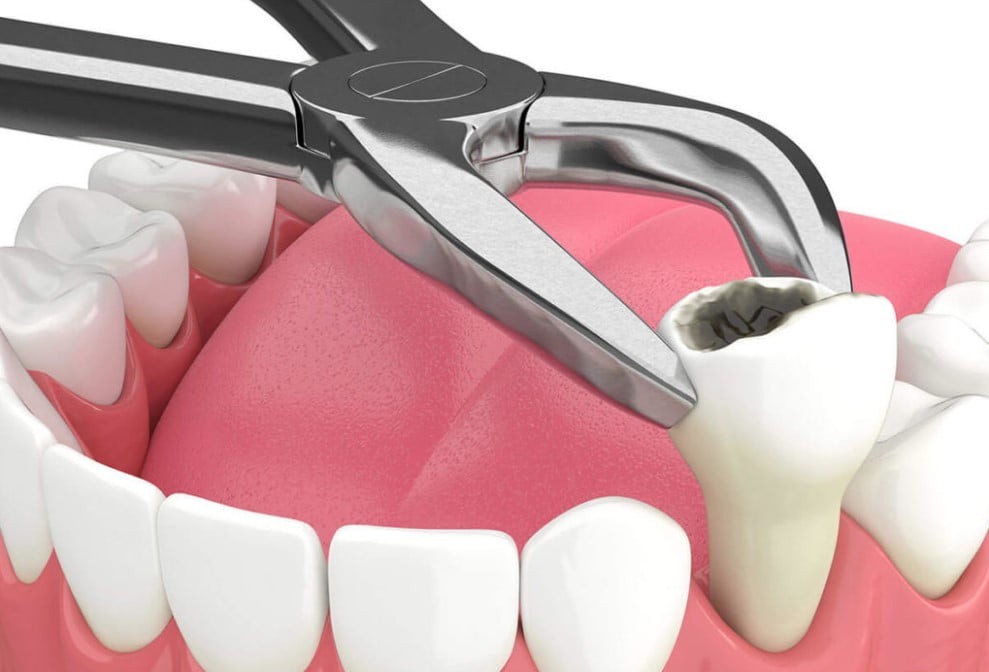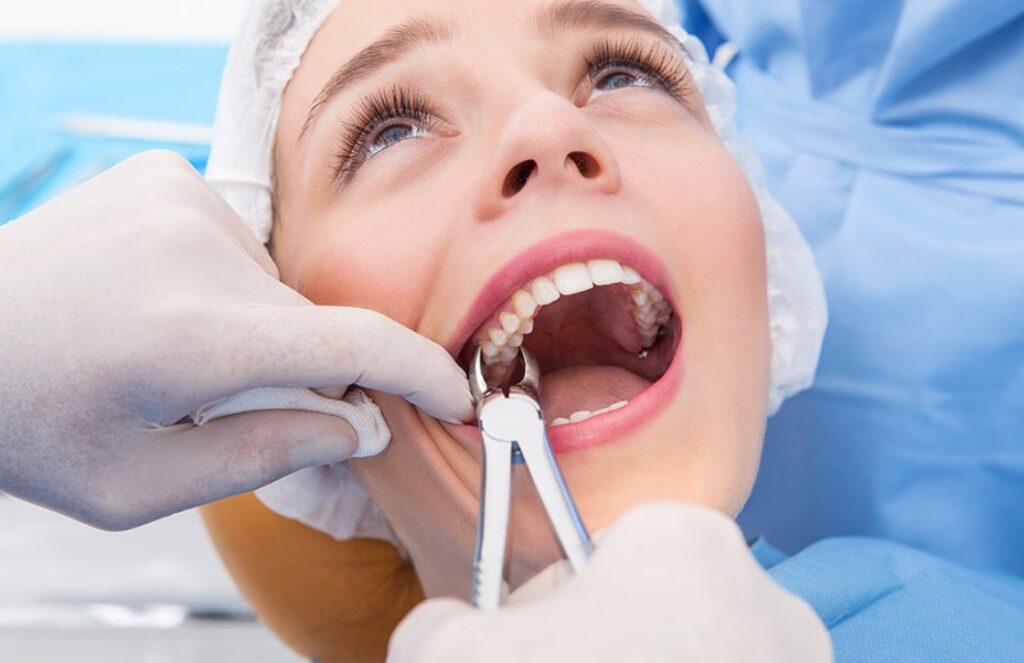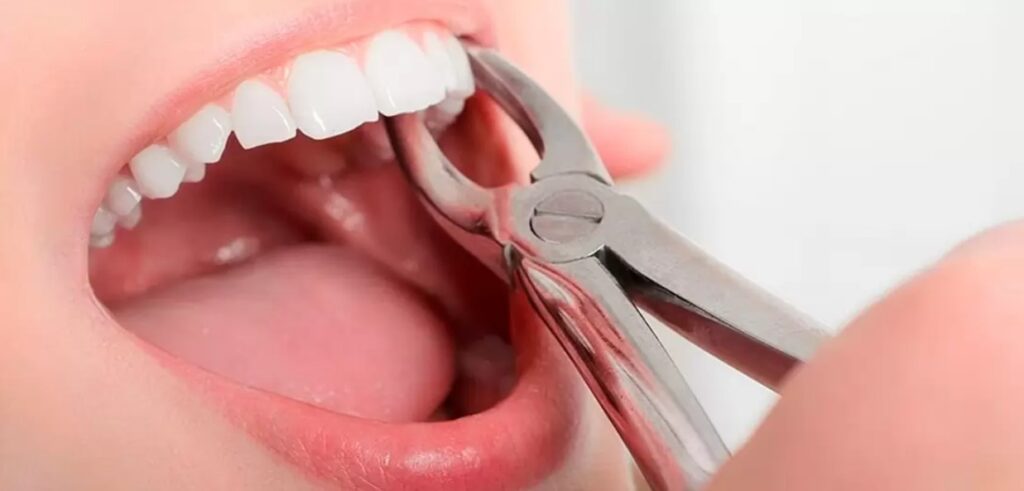In dentistry, the primary aim is to maintain the health of natural teeth and preserve them in the mouth. However, there are various issues that can arise with natural teeth. If these issues cannot be resolved with methods like fillings, root canals, or crowns, then tooth extraction becomes necessary. So, what is tooth extraction? I'll discuss the details in the following sections.
What is Tooth Extraction?

Tooth extraction is a procedure performed by a dentist or oral surgeon, involving the removal of a tooth from its socket in the jawbone, typically after local or general anesthesia has been administered.
The procedure is usually performed on an outpatient basis. The duration of the procedure varies depending on the position and structure of the tooth, which also affects tooth extraction prices.
What is Complicated Tooth Extraction?

Complicated tooth extraction involves separating the roots of the tooth by cutting them apart. Healing in the extraction site in complicated cases may take up to three weeks.
Why is Tooth Extraction Done?
Tooth extraction is performed for various reasons, including severe tooth decay that cannot be treated by other means, impacted teeth such as wisdom teeth that do not fully erupt and cause issues, and periodontal disease affecting the tissues and bones supporting the teeth.
Preparation Before Tooth Extraction
Before starting the extraction process, it's essential to prevent the introduction of harmful bacteria into the circulatory system and reduce the risk of infection in the gum tissue. This may involve the use of antibiotics if there's an existing infection.
How is Tooth Extraction Done?

The extraction typically begins with the administration of local anesthesia to the area where the tooth will be removed. In some cases, especially when the tooth is impacted, a stronger general anesthesia may be used to ensure the patient doesn't feel any pain and remains asleep during the procedure.
The gum tissue and bone surrounding the tooth are then cut, and forceps are used to grasp and loosen the tooth. In some cases, if the tooth cannot be removed in one piece, it may need to be sectioned and removed in parts. X-rays may be taken to determine the best approach for extraction.
After the extraction, some bleeding is normal, and the formation of a blood clot is essential for healing. The dentist may place an antiseptic and antibiotic-containing paste in the socket to promote clotting.
Aftercare Following Tooth Extraction

Recovery from tooth extraction takes several days. To minimize discomfort, reduce the risk of infection, and speed up healing:
- Painkillers recommended by the dentist can be used.
- Applying ice packs can help reduce swelling.
- Resting on the first day and limiting activities for a few days are advised.
- To allow the blood clot to form properly, avoid disturbing the extraction site by rinsing or spitting for the first 24 hours. Afterward, gargling with saltwater is recommended.
- Avoiding hard foods and sticking to soft foods like soup and purees is recommended.
- Smoking should be avoided until healing is complete.
- Keeping the head elevated while sleeping is recommended.
- Oral hygiene should be maintained without disturbing the extraction site.
- If there is persistent bleeding or severe pain after 4 hours, or if there are signs of infection, medical attention should be sought.
Healing Process After Tooth Extraction
The duration of healing after tooth extraction depends on the tooth's structure and position. Typically, it takes a few weeks for new bone and gum tissue to form in the socket.
Tooth Extraction During Pregnancy and Breastfeeding
Routinely taking dental X-rays during pregnancy is not recommended due to potential risks. If X-rays are necessary, precautions should be taken to minimize radiation exposure. Tooth extraction procedures during the first and last trimesters of pregnancy may be postponed when possible. There are no specific restrictions on tooth extraction during breastfeeding.

 English
English Turkish
Turkish Deutsch
Deutsch العربية
العربية![[:en]What is Tooth Extraction? How is it Done? All Details![:tr]Diş Çekimi Nedir? Nasıl Yapılır? Tüm Detaylar![:de]Was ist eine Zahnextraktion? Wie wird sie durchgeführt? Alle Details![:ar]ما هي عملية قَلْع السن؟ وكيف يتم ذلك؟ كل التفاصيل![:] diş çekimi fiyatları](https://proestetik.com.tr/wp-content/uploads/2023/02/dis-cekimi-fiyatlari-1.jpg)










